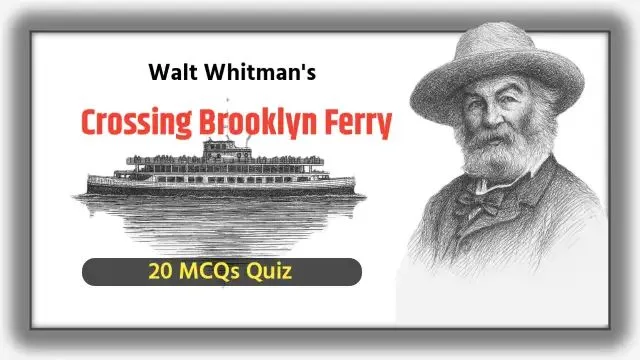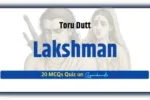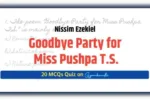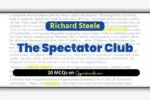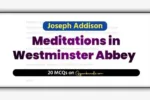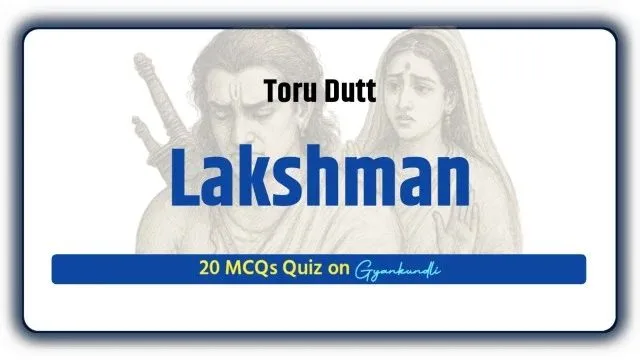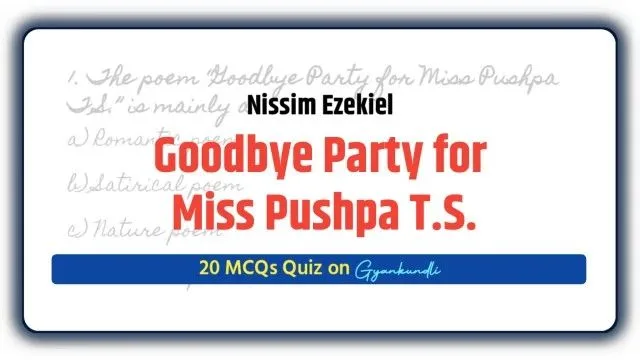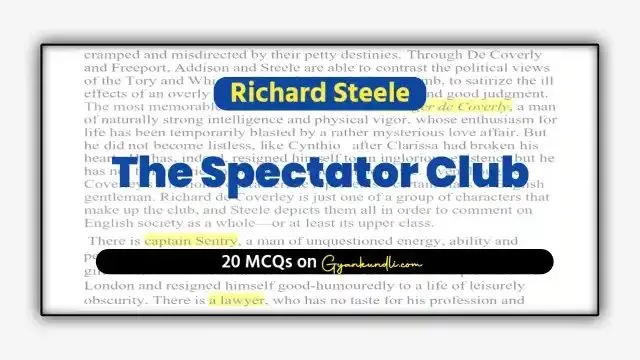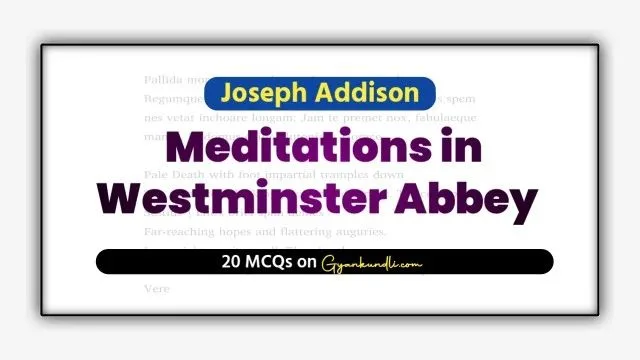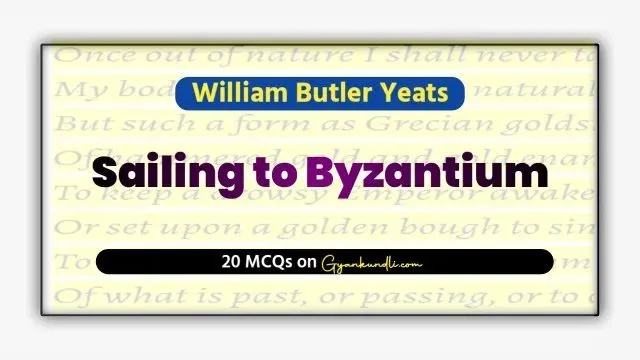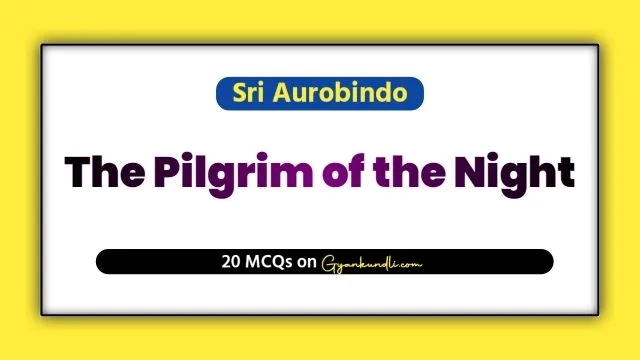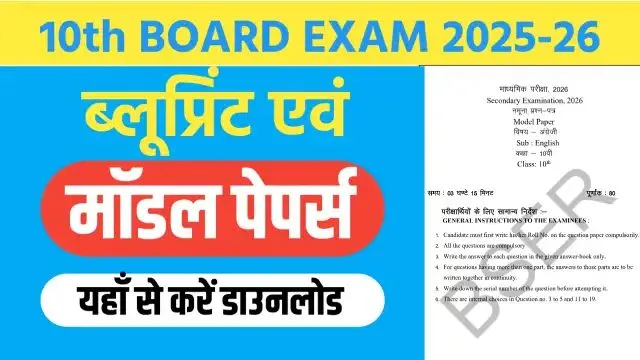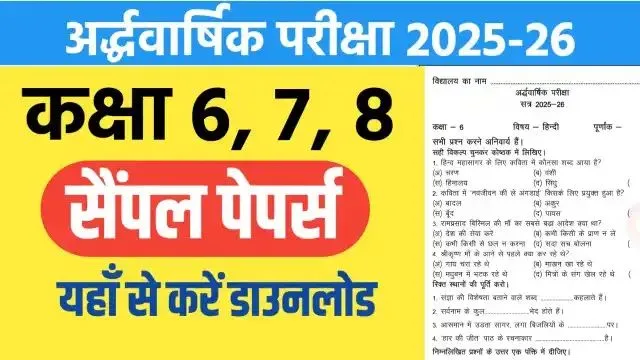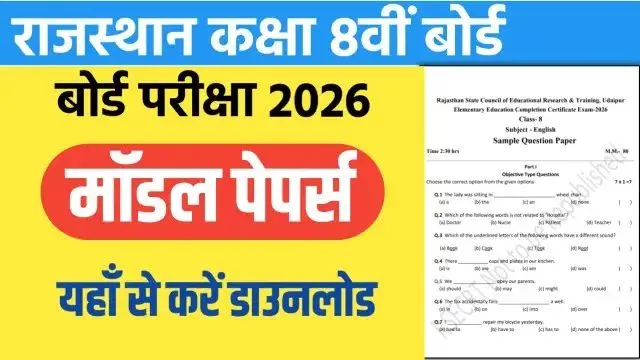Crossing Brooklyn Ferry MCQ Quiz : Walt Whitman’s “Crossing Brooklyn Ferry” is one of the most celebrated poems from his monumental collection Leaves of Grass (1856). It transforms a simple ferry ride across the East River between Manhattan and Brooklyn into a profound meditation on time, humanity, and spiritual unity. The poem reflects Whitman’s democratic vision and his deep belief in the connection between all human beings—past, present, and future.
The speaker observes the flood-tide, clouds, and crowds as he travels across the river, finding meaning in the ordinary. He speaks directly to future generations, affirming that they too will feel the same emotions while crossing the same river. In this way, Whitman erases the barriers of time and place, creating a timeless sense of universal brotherhood. His tone remains visionary yet deeply personal, celebrating the shared experience of life itself.
Form: The poem is written in free verse, a style pioneered by Whitman himself. It has nine sections, each flowing naturally like the river, without strict stanzaic patterns. The structure reflects the poet’s democratic ideals—freedom from traditional poetic constraints and equality of all subjects and emotions.
Meter: The poem does not follow a fixed metrical pattern. Instead, Whitman uses rhythmic prose-like lines, guided by the natural cadence of speech and emotion. His long, sweeping lines mirror the ferry’s movement and the continuous flow of the river, creating a musical rhythm that feels organic rather than mechanical.
Rhyme Scheme: There is no regular rhyme scheme in Crossing Brooklyn Ferry. Whitman deliberately avoids rhyme to emphasize natural speech, spontaneity, and inclusiveness. The repetition of words, images, and phrases serves as a substitute for rhyme, giving the poem its internal harmony.
The text of the poem can be read here : Crossing Brooklyn Ferry by Walt Whitman
Crossing Brooklyn Ferry MCQ Quiz
Read this also : The Sun Rising MCQ Quiz : 20 Questions
Discover more from Gyankundli
Subscribe to get the latest posts sent to your email.
